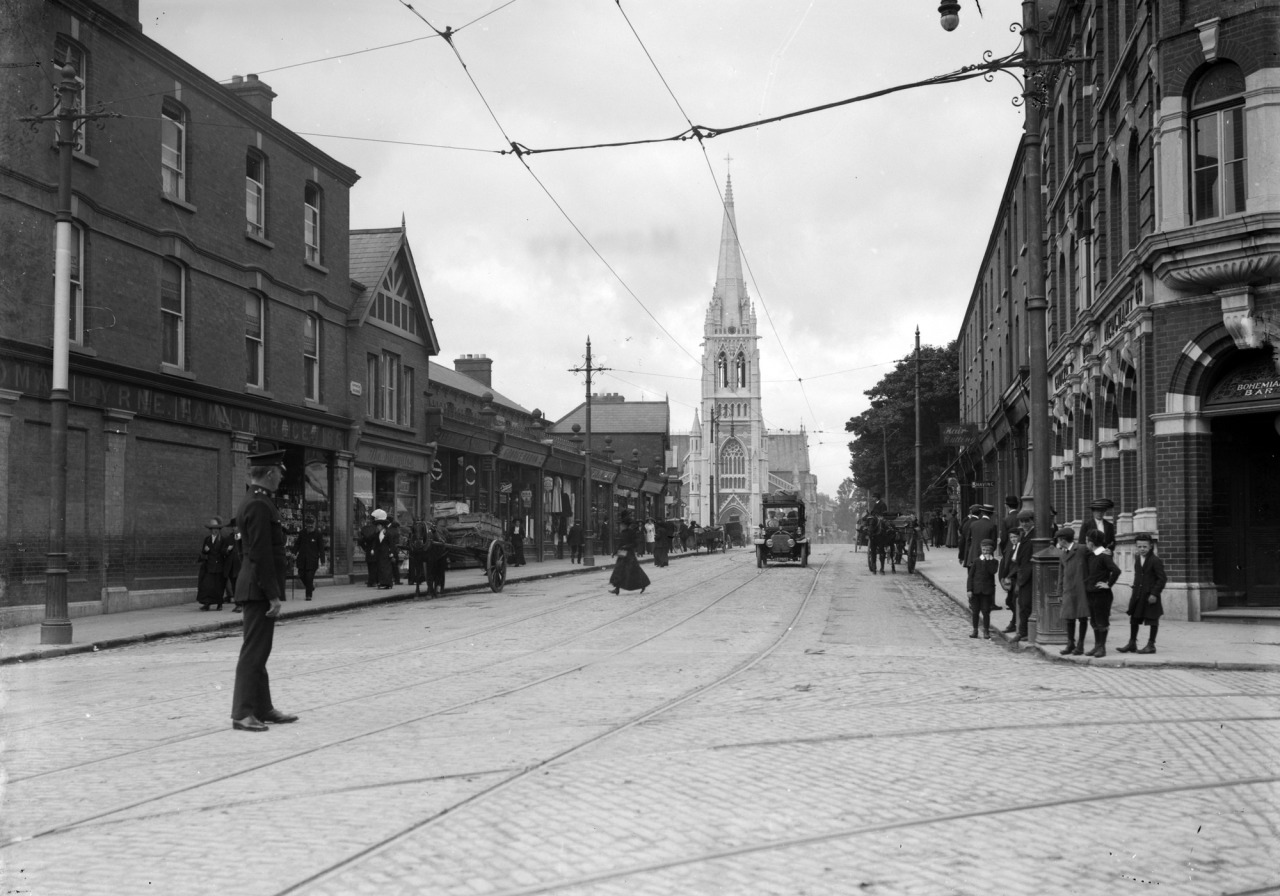
Look around your city. What are its tallest buildings? What are the defining features of the skyline?
What we build matters. The buildings and structures around us aren't just functional - they become the world we live in.
As Rod Dreher points out, "In the medieval era, the spires of cathedrals towered over the cities of the West. Today, skyscrapers of banks and corporations stand like giants watching over our metropolises. Our buildings tell the true tale of who and what we worship."
He's right. And it's not just about height – it's about beauty. Our modern churches often look more like office buildings or community centers than sacred spaces. We've traded inspiration for practicality, awe for accessibility. But why can't we have both?
God's Beauty vs Our Buildings
Step outside and look at God's creation – sunset skies that take your breath away, mountains that make you feel small, forests that fill you with peace. Now think about the typical modern church building. Blank walls. Fluorescent lights. Stackable chairs. Something doesn't add up here.
We're told these simple spaces are more "welcoming." But when was the last time someone gazed in wonder at a drop ceiling? When did a beige wall ever move someone to tears? Our ancestors understood something we've forgotten: beauty draws people in. It speaks to something deep in our souls.
More Than Just Sunday Morning
Beautiful churches aren't just for worship services. They're community anchors – places where anyone can step in during a rough day, sit quietly, and find peace. They're where families mark life's biggest moments. They're where tourists stop to rest and reflect. They're where children first encounter something bigger than themselves.
In a world where most of us bounce between home, work, and the grocery store, we desperately need these "third places" – especially ones that lift our eyes upward.
So few third places inspire awe nowadays. Refinement culture has stripped away so much of the beauty from restaurants, coffee shops, and even churches. We've traded the awe-inspiring for the functional, the beautiful for the bland.
Bringing Back Wonder
Watch a child walk into a cathedral. They naturally lower their voice. Their eyes go wide. They point at stained glass windows and ask questions about the stories they tell. That's what we're missing in our stripped-down modern spaces – that natural sense of awe and wonder.
Our world is already full of boring buildings. Our phones already keep us locked in the ordinary. Shouldn't our churches offer something different? Shouldn't they remind us that there's more to life than what we can measure and manage?
Beauty in an Age of Optimization
Look around and you'll see a culture obsessed with optimization. Everything must be faster, more efficient, more refined. We measure our steps, track our sleep, count our calories, and optimize our workflows. Even our leisure time gets broken down into productive chunks.
But the church needs to stand against this tide of endless optimization. Beauty can't be measured in a spreadsheet. Awe doesn't show up in an efficiency report. While the world rushes to refine everything down to its most practical elements, we need to build spaces that deliberately prioritize the "impractical" qualities that make us human – wonder, mystery, and transcendent beauty.
This isn't about rejecting progress. It's about remembering that humans need more than just efficiency to thrive. We need spaces that remind us to slow down, look up, and remember that not everything worthwhile can be optimized, measured, or refined.
Addressing Common Concerns
Some say beautiful churches cost too much. But history tells a different story. We've built some of the most beautiful churches in the world at a time when humans had little money, plenty of problems, but lots of ingenuity. It's a matter of prioritization. The Chartres Cathedral in France, built in the early 1200s, still stands as a masterpiece of Gothic architecture – created by a medieval society with far fewer resources than we have today. The Basilica of Santa Croce in Florence was built by local guilds and families contributing what they could over generations. These churches have served their communities for over 800 years.
Others worry ornate churches might intimidate newcomers. But human experience suggests the opposite. People naturally seek out beautiful spaces – just look at where tourists flock in any city. Beauty draws people in. It sparks curiosity. Yes, a church should be welcoming, but that comes more from its people than its architecture. A beautiful space can actually help create that welcome, offering visitors something meaningful to connect with and explore.
What We Can Do
Building beautiful churches isn't about showing off or wasting money. It's about creating spaces that:
- Reflect God's beauty and creativity
- Give people a place to find peace and perspective
- Bring communities together
- Remind us of what matters most
- Stand as landmarks of hope and inspiration
We don't need to copy the past exactly. But we do need to learn from it. We need to remember that when we build churches, we're not just solving a space problem – we're making a statement about what we value and what we believe.
The world needs more beauty, not less. It needs more spaces that make us look up from our phones, more buildings that tell us we're part of a bigger story. It's time to build churches that don't just serve our needs, but lift our spirits. Because in the end, the buildings we create say everything about what we truly worship.